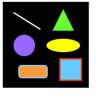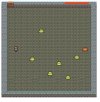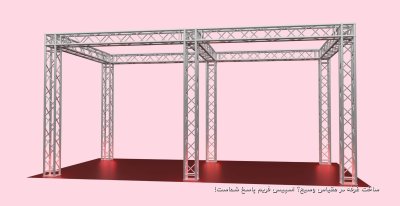saalek110
Well-Known Member
فایل ۹
JavaScript:
<!doctype html>
<html>
<head>
<meta charset="utf-8">
<title>Moving sprites</title>
</head>
<body>
<script src="../pixi/pixi.min.js"></script>
<script>
//Aliases
const Application = PIXI.Application,
Container = PIXI.Container,
loader = PIXI.Loader.shared,
resources = PIXI.Loader.shared.resources,
TextureCache = PIXI.utils.TextureCache,
Sprite = PIXI.Sprite;
//Create a Pixi Application
const app = new Application({
width: 256,
height: 256,
antialias: true,
transparent: false,
resolution: 1
}
);
//Add the canvas that Pixi automatically created for you to the HTML document
document.body.appendChild(app.view);
loader
.add("images/cat.png")
.load(setup);
//Define any variables that are used in more than one function
let cat;
function setup() {
//Create the `cat` sprite
cat = new Sprite(resources["images/cat.png"].texture);
cat.y = 96;
app.stage.addChild(cat);
//Start the game loop by adding the `gameLoop` function to
//Pixi's `ticker` and providing it with a `delta` argument.
//Any functions added to the `ticker` will be called 60 times per second.
//This means that the `gameLoop` function (defined in the code ahead) will be updated
//60 times per second.
app.ticker.add((delta) => gameLoop(delta));
}
function gameLoop(delta) {
//Move the cat 1 pixel
cat.x += 1;
//The `delta` value represents the amount of fractional lag between frames.
//You can optionally add it to the cat's position, to make the cat's animation
//independent of the frame rate. Whether or not you choose to add it is largely an
//aestheic choice, and the difference in the effect will only really be noticeable
//if your animation is struggling to keep up with a consistent 60 frames per second
//display rate.
//cat.x += 1 + delta;
}
</script>
</body>
</html>














